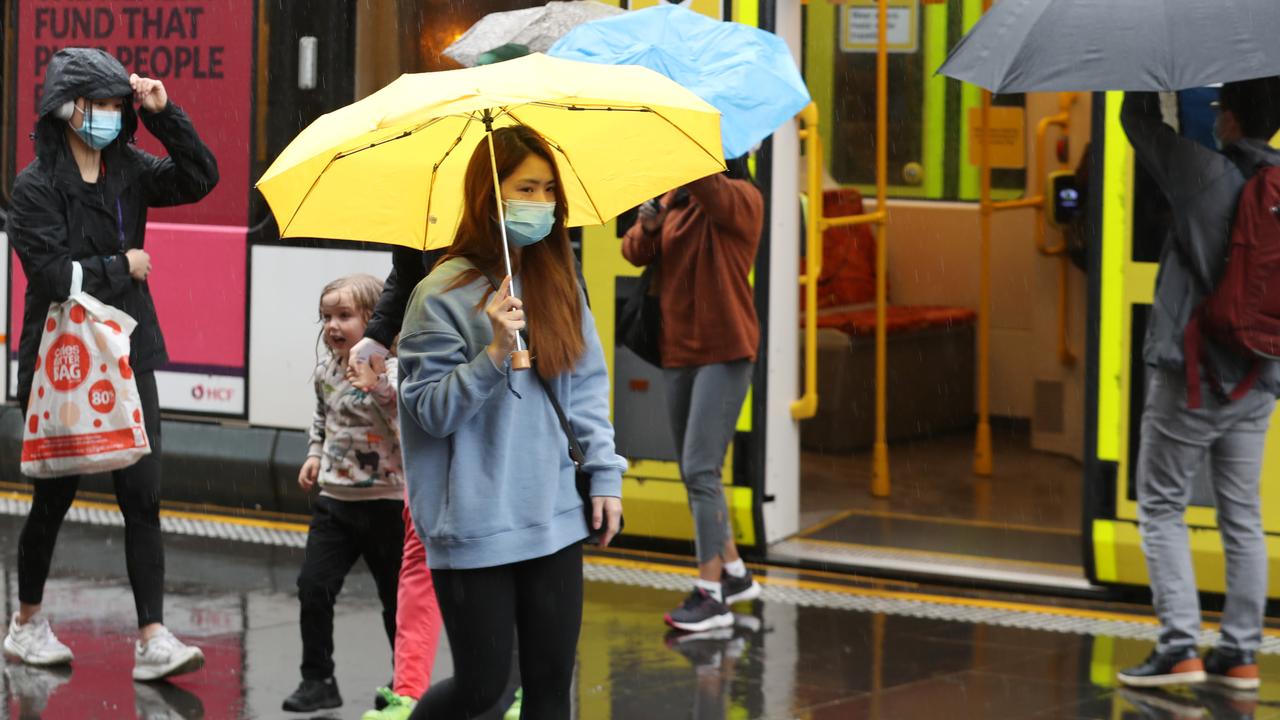New Aussie study aims to uncover what triggers thunderstorm asthma
A new Aussie study aims to uncover more about an event that killed 10 people and forced thousands more to seek medical attention.
Australian researchers are about to embark on a new study to uncover what triggers “dangerous” thunderstorm asthma events and how they can be prevented after people died and thousands required medical attention.
The Woolcock Institute of Medical Research has designed a study in Victoria where people reported their asthma symptoms worsened when a thunderstorm approached.
The institute found springtime thunderstorms occurred during peak grass pollen season, triggering widespread asthma attacks known as epidemic thunderstorm asthma.
In 2016, the world’s deadliest thunderstorm asthma epidemic occurred in Melbourne. Ten people were and about 3500 required medical attention in 30 hours, straining the city’s healthcare system.

About 60 per cent of adults who presented to Alfred Health had no prior diagnosis of asthma and many continued to experience ongoing symptoms requiring treatment.
Thunderstorm asthma epidemics occur in Victoria every five years on average, but there is little evidence about how widespread the effects are and how they can be prevented or treated.
While Victoria now has a forecasting system for epidemic thunderstorm asthma, there are still unknowns about it.
Woolcock professor Helen Reddel will lead a research team and conduct studies within days of a thunderstorm asthma event to examine environmental, behavioural and demographic factors that might influence the risk of thunderstorm asthma.

The study will build on existing knowledge by examining factors such as exposure to pollen, outdoor activities during thunderstorms, and protective behaviours like wearing masks and taking particular types of medication.
Dr Reddel said people with springtime hay fever who were allergic to rye-grass pollen were at risk of thunderstorm asthma, but there were still many unanswered questions.
“By conducting this large-scale, rapid-response, case-control study, we hope to provide actionable insights that can inform public health guidelines and improve outcomes for vulnerable communities,” she said.
“Thunderstorm asthma is thought to occur when specific weather events, particularly thunderstorms, caused pollen particles to rupture and release many smaller allergenic particles.
“These could be inhaled deep into the lungs, triggering severe asthma attacks.”

Rye-grass pollen, common in areas surrounding Melbourne, has been identified as a significant factor in thunderstorm asthma episodes in spring.
Researchers hope the Woolcock study’s findings will make public health recommendations more targeted, potentially saving lives.
Dr Reddel said thunderstorm asthma was a serious public health issue that could worsen as the climate changes.
“Our study aims to help communities better understand and prepare for these events,” she said.



